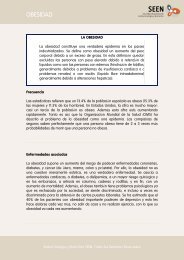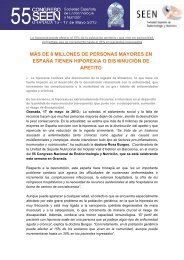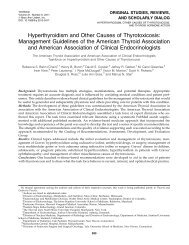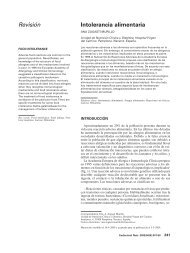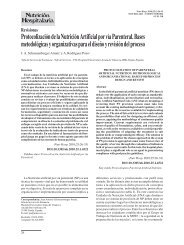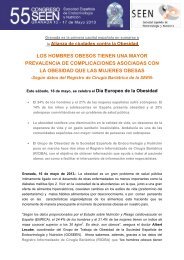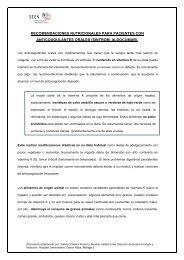Basic Concepts of Fluid and Electrolyte Therapy
Basic Concepts of Fluid and Electrolyte Therapy
Basic Concepts of Fluid and Electrolyte Therapy
You also want an ePaper? Increase the reach of your titles
YUMPU automatically turns print PDFs into web optimized ePapers that Google loves.
Mixed acid-base disorders<br />
These are defined as the presence <strong>of</strong> more than one acid-base disorder.<br />
The patient’s history or a lesser or greater than predicted compensatory<br />
respiratory or renal response may raise suspicions <strong>of</strong> mixed<br />
acid-base disorder.<br />
A normal pH in the setting <strong>of</strong> substantial changes in both serum<br />
HCO 3 – or arterial Pco 2<br />
indicates a mixed-acid base disorder is present.<br />
Stewart approach to acid-base disorders<br />
The Stewart approach, termed the Strong Ion Difference (SID), is<br />
based upon the central tenet that serum bicarbonate does not alter<br />
blood pH. Stewart defined acids as ions that shift the dissociation<br />
equilibrium <strong>of</strong> water to a higher concentration <strong>of</strong> H + <strong>and</strong> a lower concentration<br />
<strong>of</strong> OH - .<br />
The SID is the difference between the completely dissociated cations<br />
<strong>and</strong> anions in the plasma. It is defined as the difference between the<br />
sum <strong>of</strong> the strong cations, Na + , K + , Ca 2+ <strong>and</strong> Mg 2+ <strong>and</strong> the sum <strong>of</strong> the<br />
net charge <strong>of</strong> the major strong cations, Cl – <strong>and</strong> lactate.<br />
SID = (Na + + K + + Ca 2+ + Mg 2+ ) – (Cl – + lactate) = 38-46 mmol/l<br />
An increase in the SID is associated with an increase in blood pH, an<br />
alkalosis, e.g. vomiting leads to a loss <strong>of</strong> chloride <strong>and</strong> a decrease in<br />
serum chloride levels resulting in an increase in SID <strong>and</strong> alkalosis. The<br />
Stewart approach therefore explains the alkalosis associated with<br />
vomiting as excessive loss <strong>of</strong> chloride.<br />
A decrease in SID is associated with a decrease in blood pH, an acidosis,<br />
e.g. the excessive infusion <strong>of</strong> saline results in an increase in chloride<br />
levels <strong>and</strong> therefore a decrease in SID <strong>and</strong> an acidosis. The Stewart<br />
approach therefore explains the hyperchloraemic metabolic<br />
acidosis associated with excessive saline infusion by the gain <strong>of</strong> chloride.<br />
71




